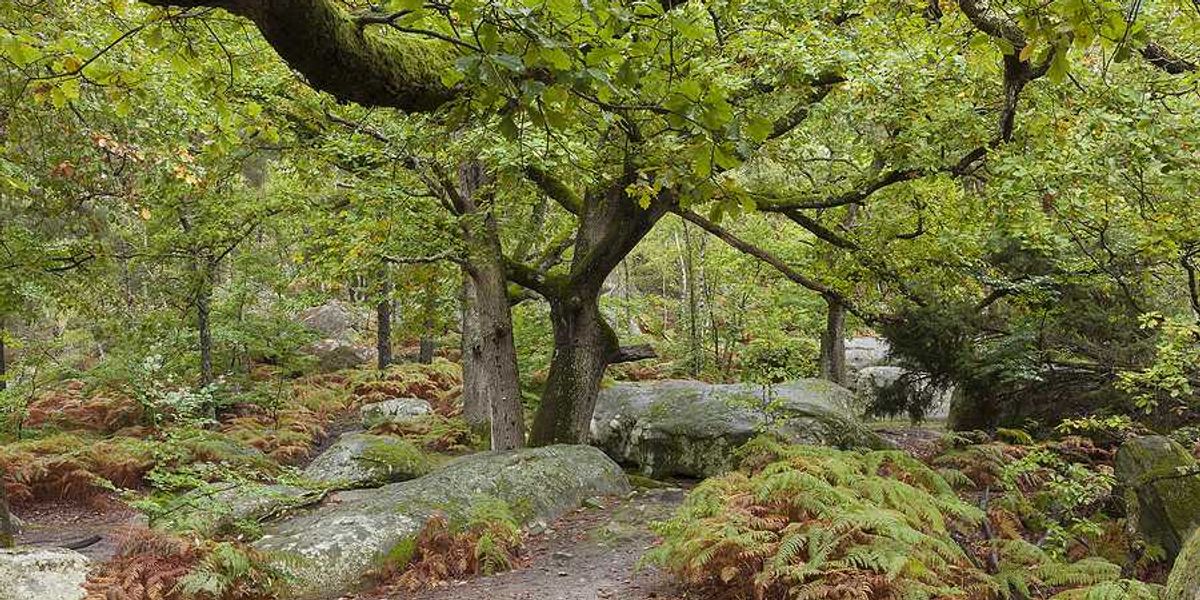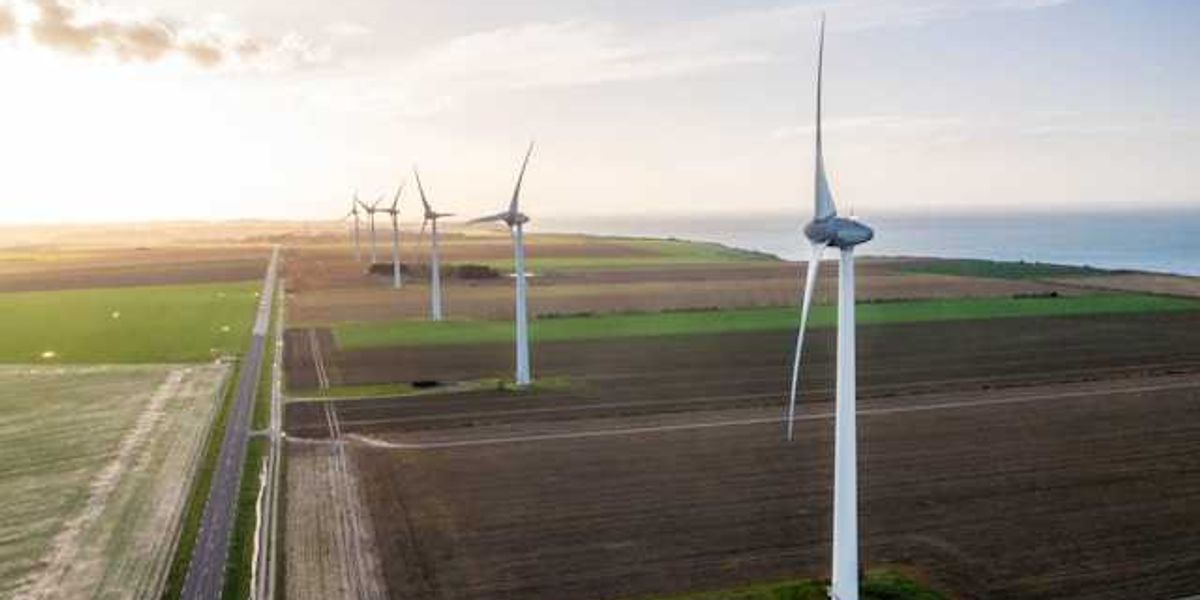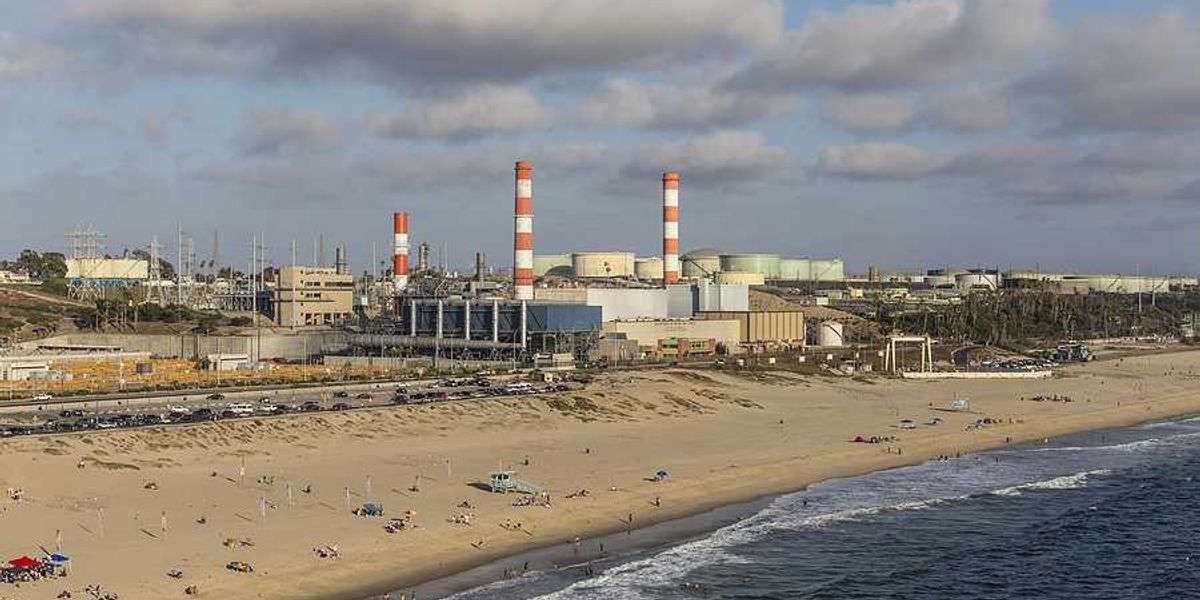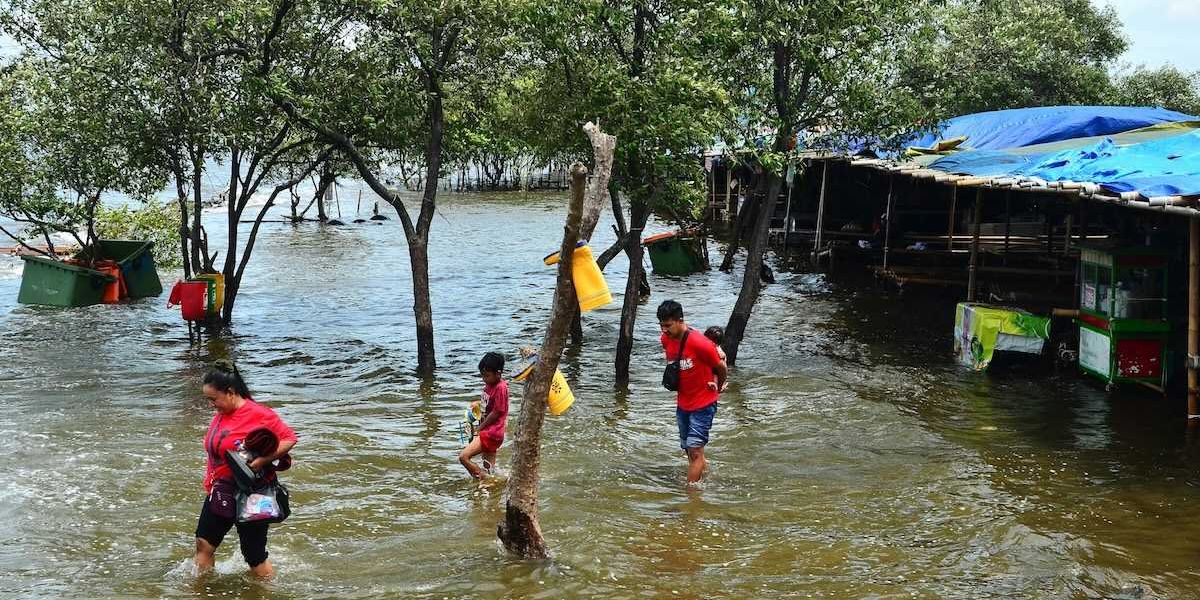Conflicts threaten global crop diversity as seed banks are looted or destroyed
A wave of armed conflicts in regions rich in agricultural history is putting critical seed collections at risk, prompting scientists to rush samples to a secure "doomsday vault" in the Arctic before they're lost forever.
Fred Pearce reports for Yale Environment 360.
In short:
- Seed banks in conflict zones such as Sudan, Ukraine, Yemen, and Palestine are being looted, bombed, or abandoned, placing unique crop varieties at risk of extinction.
- Scientists are increasingly relying on the Svalbard Global Seed Vault in Norway to store duplicates of these seeds, though not all nations have contributed or agreed to international treaties supporting such sharing.
- Funding cuts and rising geopolitical tensions are undermining global cooperation on seed conservation, making it harder to protect the genetic material vital for future food security in a warming world.
Key quote:
“If you look on the map of the centers of origin of crops, you will see that many of those are in areas that today are conflict zones.”
— Ola Westengen, agrodiversity researcher at the Norwegian University of Life Sciences
Why this matters:
Seeds are the foundation of agriculture, and the loss of genetic diversity in crops threatens global food security, especially as the planet warms. Traditional seed varieties, often stored in poorly funded or embattled seed banks in regions like Sudan, Ukraine, and Afghanistan, contain traits such as drought resistance or disease tolerance that modern monocultures lack. These traits can be critical in developing crops resilient to changing climates, emerging pests, or degraded soils. Yet wars, political instability, and even international mistrust are putting these irreplaceable genetic resources at risk.
Read more: Scientists explore genetic tools to protect crops from rising global temperatures













